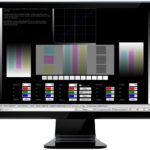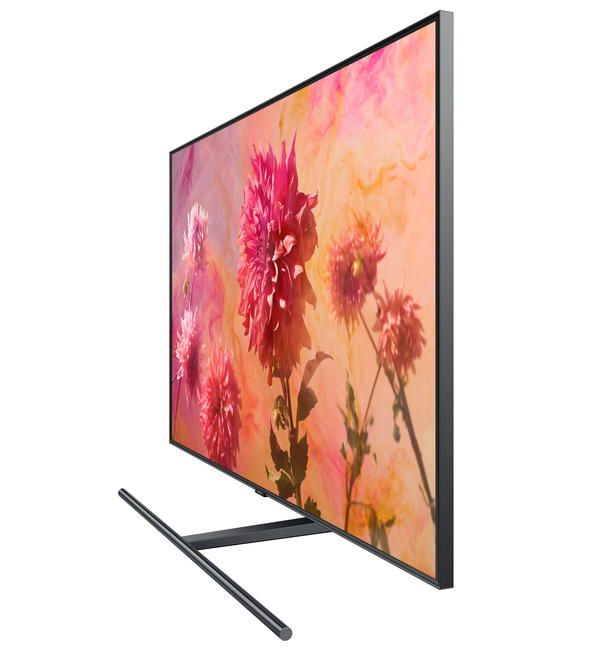How is monitor brightness measured?
 Sometimes it becomes necessary to find out the brightness measurement indicator. You need to not only decide on the indicator itself, but also learn how to measure it. This will help you set the correct parameters during setup.
Sometimes it becomes necessary to find out the brightness measurement indicator. You need to not only decide on the indicator itself, but also learn how to measure it. This will help you set the correct parameters during setup.
The content of the article
How is monitor brightness measured?
According to the generally accepted system of units, the brightness emitted by a monitor or any other source is measured in candelas (cd/). In addition, there are other units of measurement: stilbe (sb), apostilbe (asb), lambert (lb) and nit (nt). They are no longer used as units of measurement. Candel and nit have the same meaning.
The parameter is measured using a conventional household lux meter - a device that is designed to measure the level of illumination, ripple and brightness. Using this device, the quality characteristics of light are also determined.
Important! Measurements using a lux meter must be carried out several times, then the average value of the indicators must be calculated.

Parameter characteristics
The level of this parameter depends on the reflectivity of the coating. If it is low or too high, it may cause discomfort while working behind the screen. As a result of discomfort, the user's performance may decrease and the user's concentration may deteriorate.
However, a high level of the parameter is required when watching 3D movies. This is explained by the fact that 3D glasses greatly darken the picture while watching movies.
The contrast parameter is inextricably linked with this parameter. Contrast is the ratio of black to white levels. For example, the contrast level of a screen whose minimum and maximum brightness is 400.5 and 0.5 cd/respectively is 800:1. It is the contrast that affects the degree of eye fatigue while working at the monitor. The higher the contrast, the higher the clarity of the image and, accordingly, the lower the strain on the eyes.

What should the indicator be?
Indicators of modern monitors can reach 500 cd/. However, this indicator cannot be called an advantage of screens, since its increase can negatively affect human eyes. This especially affects the eyes in low or no light. Comfortable values for the eye are 150-200 cd/. According to sanitary standards, the most optimal level is 200 cd/.
When choosing monitors, you should pay attention to the uniformity of their illumination. Often, with low-quality monitors, the brightest “spot” is the center. This “feature” leads to a very noticeable decrease in backlighting at the edges of the screen.





